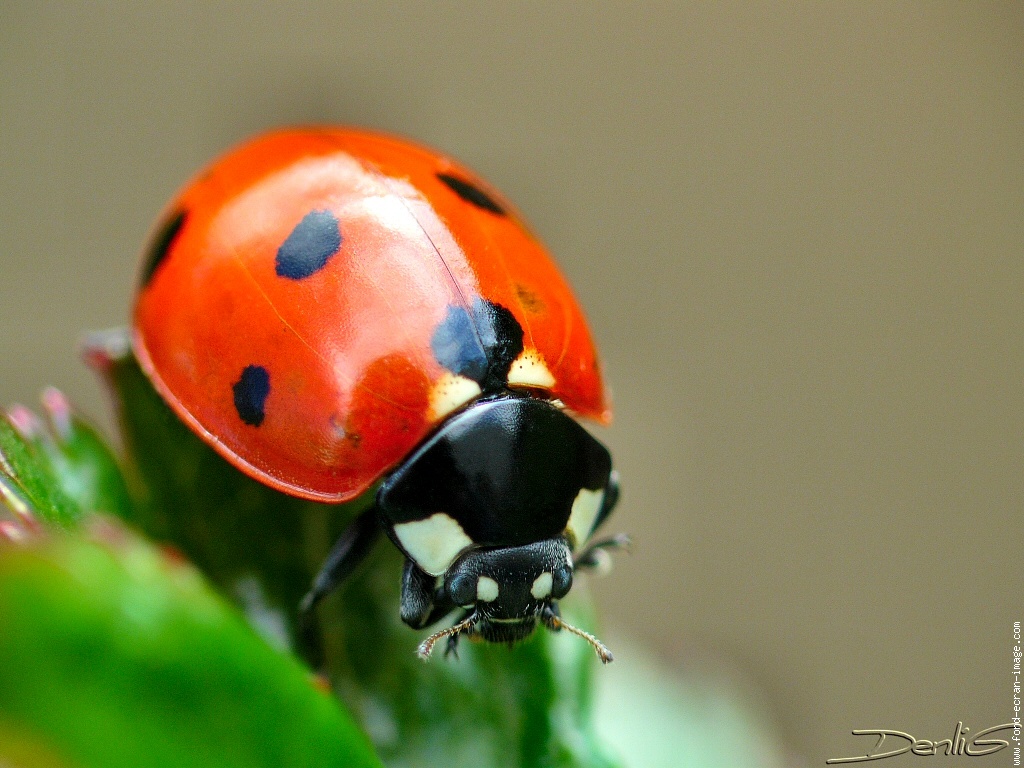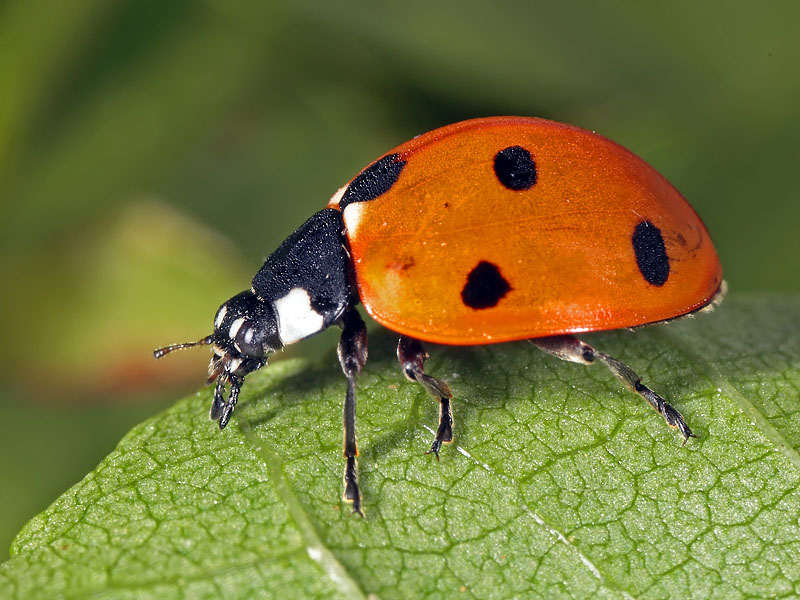
In Europe, experiments on greenhouse crops, such as tomatoes, cucumbers and sweet peppers, have shown that C. septempunctata L.), lacewings ( Chrysoperla carnea), and true bugs ( Orius insidiosus), appear to play key roles in regulating aphid populations. The natural enemies of soybean aphids, such as lady beetles ( Harmonia axyridis and C. This species has been widely utilized as a biocontrol agent against various aphids because of its wide range of adaptability, large appetite, high reproductive ability and ease of mass rearing and has yielded numerous ecological and economic benefits. The diapause-associated genes that we identified establish a foundation for future studies on the molecular mechanisms of diapause.īoth larval and adult Coccinella septempunctata L., the seven-spot ladybird beetle, are excellent predators of multiple aphid species. septempunctata L., providing a resource for gene function research.

We generated a vast quantity of transcriptome data from C. In this study, a new method for collecting and identifying diapause insects was described. Among these eight genes, seven genes were up-regulated, and one gene was down-regulated the change trends of the eight genes were the same between the qRT-PCR and RNA-seq analysis results. Furthermore, eight specific expressed genes were selected for validation using qRT-PCR. GO function and KEGG pathway enrichment were performed on all DEGs and showed that RNA-directed DNA polymerase activity and fatty acid metabolism were significantly affected. Moreover, 443 of the DEGs were specifically expressed during the diapause period (i.e., DEGs that were expressed at the highest or lowest levels during diapause compared with the other stages). Through pairwise comparisons of the non-diapause (ND), diapause (D), and diapause-terminated (DT) groups, 3,501 and 1,427 differentially expressed genes (DEGs) were identified between D and ND and between DT and D, respectively. We performed further analysis of these unigenes using the Clusters of Orthologous Groups of proteins (COG), Gene Ontology (GO), and the Kyoto Encyclopedia of Genes and Genomes (KEGG) databases. All of the unigenes were annotated through BLASTX alignment against the Nr or UniProt database, and 37,872 unigenes were matched. Additionally, 106,262 contigs were assembled into 82,820 unigenes with an average length of 921 bp and an N50 of 1,241 bp. ResultsĪfter transcriptome sequencing using the Illumina HiSeq 2500 platform with pretreatment, a total of 417.6 million clean reads from nine samples were filtered using the program FASTX (version 0.0). Therefore, we collected female adults in three different states, i.e., non-diapause, diapause and diapause termination, for transcriptome sequencing. Although this lady beetle’s regulatory, physiological and biochemical characteristics in the diapause period are well understood, the molecular mechanism of diapause remains unknown. Diapause research plays an important role in the artificial propagation and shelf-life extension of insect products. Therefore, natural enemies have a great opportunity as biological agents for controlling soybean pests and diseases and as an alternative to replace the use of chemical.The most common ladybird beetle, Coccinella septempunctata L., is an excellent predator of crop pests such as aphids and white flies, and it shows a wide range of adaptability, a large appetite and a high reproductive ability. which survived on field applied with biopesticides is quite abundant. Oxyopes sp., Coccinella sp., Sycanus sp., Andrallus sp., Rhynocoris sp., Paederus sp., Entomobrya sp., Aphidius sp., Binodoxys sp., Encarsia sp., Trichogramma sp., and Telenomus sp. However, the application of chemical can kill natural enemies. The application of biopesticides by inundation is safer and can maintain the survival of natural enemies and can reduce yield losses.

The results showed that biopesticide applied by inundation can suppress Sclerotium rolfsii, Phakopsora pachyrhizi, Xanthomonas axonopodis, and Spodoptera litura. Biopesticides applied were Trichoderma harzianum (Trichol 8), neem seed powder, entomopathogenic virus SlNPV (Virgra), entomopathogenic fungi Beauveria bassiana, and eugenol from clove oil. The study was conducted in Banyuwangi, East Java. This research aimed to study the impact of biopesticide inundation on soybean pests and diseases. They are effective for controlling pests and diseases as well as suppress the resistance and resurgence. Biopesticides are biological agents derived from plant metabolites and microorganisms. Soybean pests and diseases are quite abundant and have shown the resistance to chemical pesticides.


 0 kommentar(er)
0 kommentar(er)
